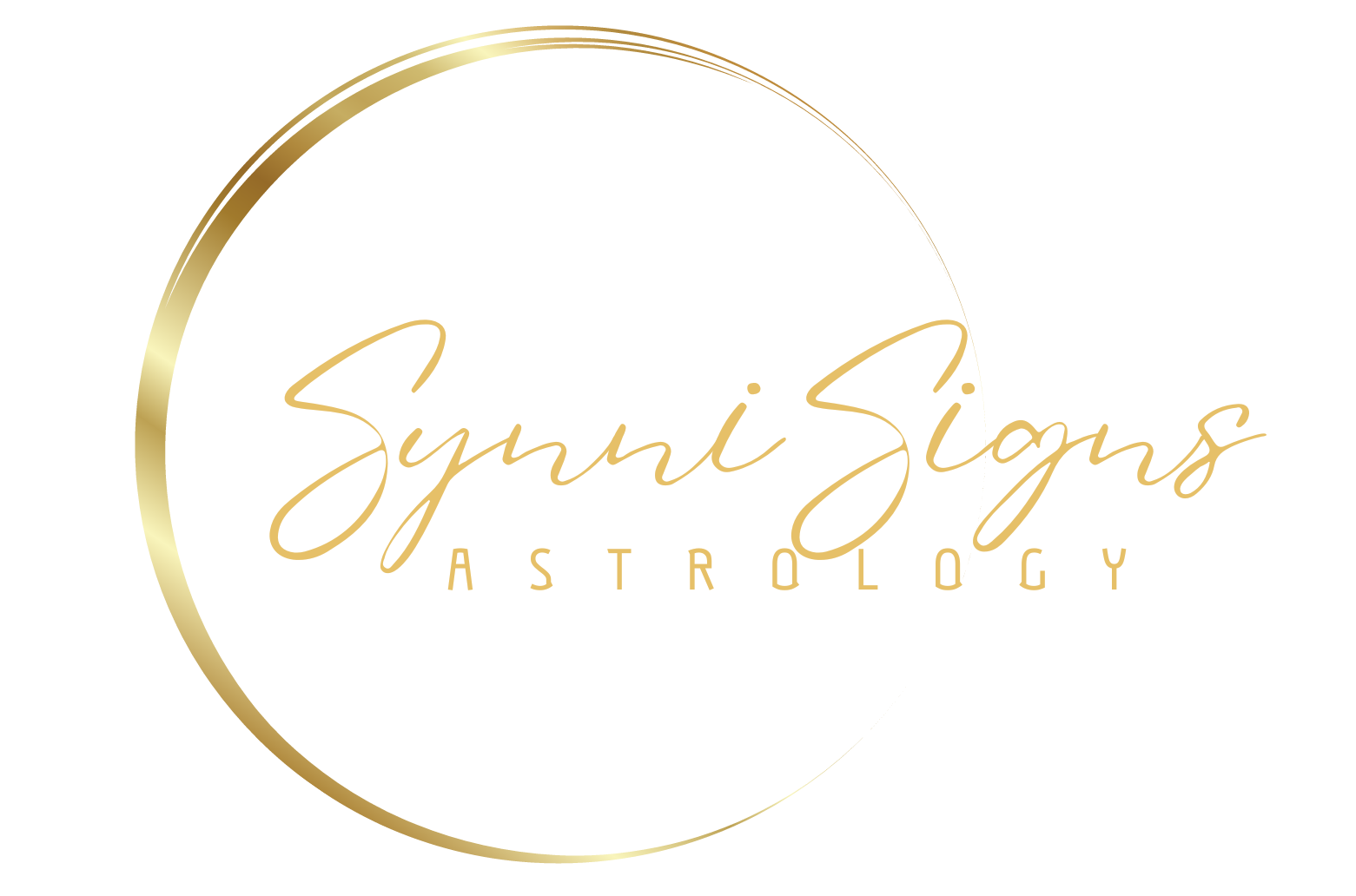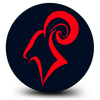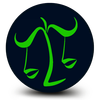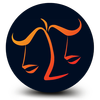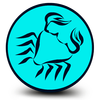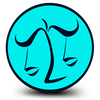Conjunction

An aspect refers to the precise distance between any two points in a horoscope. Typically, aspects are formed between two planets, although aspects between a planet and the angles (Ascendant, Descendant, MC, and IC) are also taken into account. According to astrological tradition, the closer an aspect is, the more significant it is considered to be. The variation between the exact aspect and the actual aspect is called the orb. In the central circle of the natal chart, astrological aspects are depicted, with distinct colors and symbols used to differentiate between them.
Aspects serve to determine how planets interact to enhance or temper each other’s influence. They are categorized into major or minor, as well as harmonious or tense. Typically, major aspects hold greater potency compared to minor ones, although some astrologers place heightened importance on minor aspects.
Tense aspects result in friction between the involved planets, leading to challenges and issues that could be psychological, environmental, or a blend of both. While many individuals may encounter setbacks in dealing with these challenges, some are compelled to surmount them, thereby unlocking and enhancing their astrological potential. Conversely, harmonious aspects foster a smooth relationship between the planets, offering a supportive environment for innate abilities that individuals might overlook or fail to fully develop.
Each type of aspect exhibits dual characteristics. Tense aspects introduce challenges that can culminate in remarkable accomplishments, whereas harmonious aspects create comfortable conditions that may lead to missed opportunities. Striking a balance between tense and harmonious aspects is desirable. Individuals with solely harmonious aspects may possess ample potential but lack the impetus to cultivate it, whereas those with only tense aspects might struggle with faith and optimism in overcoming challenges.
Sextile

A sextile represents an angle of 60°. Typically, a separation (orb) of 60±04° is deemed a sextile. Traditionally, the sextile is likened in influence to the trine but considered less significant. It suggests ease of communication between the involved elements, fostering compatibility and harmony, yet it only presents opportunities, necessitating effort to reap its rewards. Further details on the semi-sextile are provided below.
Square

A square (abbreviated as SQr or Squ) represents an angle of 90°, which is a quarter of the 360° ecliptic or half of an opposition (180°). Typically, an orb ranging from 5° to 10° is permitted. Similar to the trine and sextile, in the square aspect, it’s often the outer or superior planet that exerts influence over the inner or inferior one. Fundamentally, the square’s energy parallels that of a trine but is intensified to a degree where it becomes stressful. For instance, Mercury square Saturn suggests practicality and caution in thoughts and communication, focusing on pragmatic matters while exercising careful planning and mental tasks. However, this aspect also signifies mental restraint, excessive self-censorship in communication, and an undue emphasis on trivial details, along with pessimism and a rigid, fearful outlook on life. The square aspect is associated with strain, tension, frustration, inhibitions, disruption, and internal conflict. Nevertheless, it can serve as a source of motivation and activation for individuals determined to surmount limitations, presenting challenges that foster personal growth and the development of resilience. Further information on the semi-square and sesquiquadrate is provided below. Additionally, the square aspect is sometimes referred to as the quartile.
Trine

A trine (abbreviated as Tri) denotes an angle of 120°, equivalent to one-third of the 360° ecliptic. Typically, a separation (orb) of 120±04° is regarded as a trine. This aspect signifies harmony and effortless expression, with the two elements mutually reinforcing each other. The trine is associated with innate artistic and creative talents. Traditionally viewed as highly beneficial, the trine often provides ease, even if unearned, but it can also serve as a “path of least resistance” for individuals lacking in character strength. Excessive trines may render a person weak and ill-equipped to handle adversity, potentially leading to complacency. Due to the inherent harmony of the trine, individuals may not feel compelled to develop the talents bestowed by this aspect, as their needs are seemingly fulfilled from birth. Fundamentally, the trine symbolizes momentum, indicating situations or conditions that persist with minimal input of energy and tend to reinforce themselves over time. It reflects accumulation, continuity, equilibrium, growth, self-sustainment, and stability. Although generally considered a “soft” or “beneficial” aspect, if the two planets involved are both malefic in nature or poorly positioned in the horoscope, the trine may signify uncomfortable conditions that persist and escalate. This aspect is profoundly personal, depicting individuals expressing themselves independently of external influences, hence it is often associated with natural talent.
Opposition

An opposition (abbreviated as Opp) represents an angle of 180°, constituting half of the 360° ecliptic. Typically, an orb ranging from 5° to 10° is permitted. Oppositions are regarded as the second most potent aspect. While resembling the conjunction, the opposition differs in that it engenders exaggeration rather than unification. This dynamic and heightened energy between the planets involved isn’t inherently negative like the square aspect, but it can indicate tension, conflict, or confrontation between the two signs if not managed constructively. However, if channeled positively, individuals can harness the opposition as a creative and energetic power source. Notably, the Sun and Moon are in opposition monthly during the full moon.
